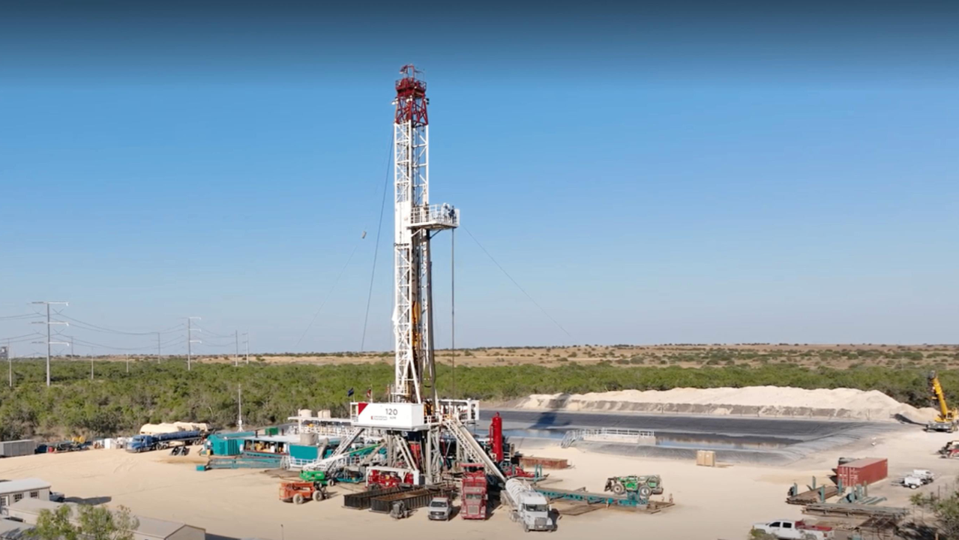
Financial News
Forbes
Sage Geosystems, Next-Gen Geothermal Source Driven By Earth’s Pressure
Why This Matters
Using a huff-and-puff method from the oil industry, Sage is generating power more efficiently from deeper and hotter depths across the U.S.
July 26, 2025
01:16 PM
9 min read
AI Enhanced
Positive
FinancialBooklet Analysis
AI-powered insights based on this specific article
Key Insights
- Financial sector news can impact lending conditions and capital availability for businesses
Questions to Consider
- Could this financial sector news affect lending conditions and capital availability?
Stay Ahead of the Market
Get weekly insights into market shifts, investment opportunities, and financial analysis delivered to your inbox.
No spam, unsubscribe anytime